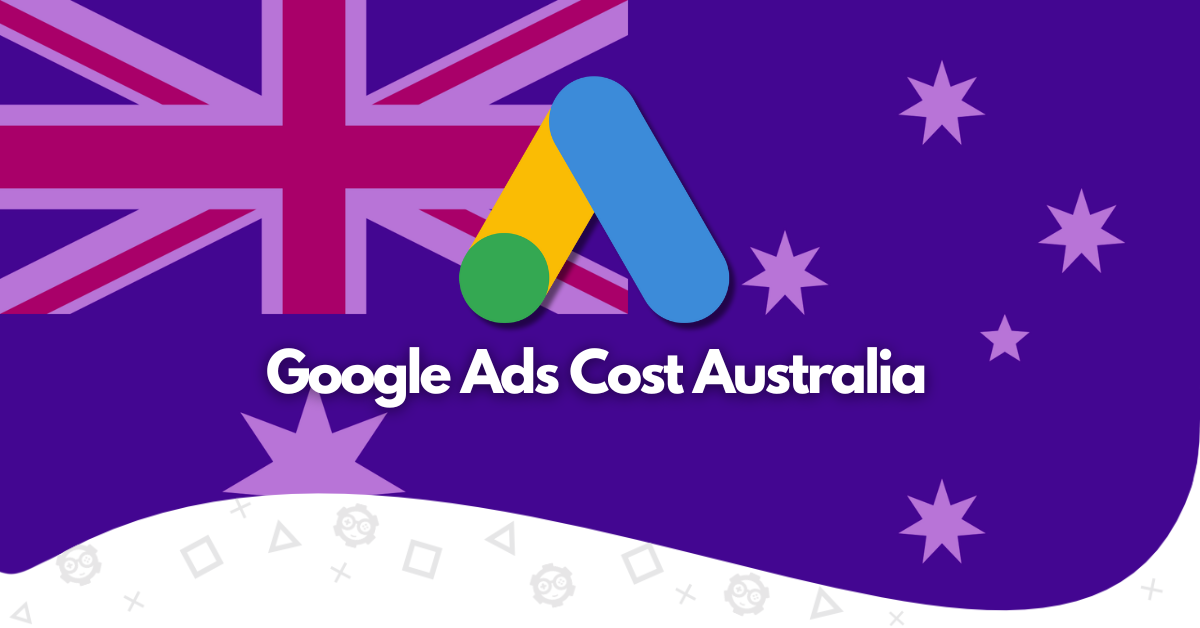Navigating the intricate world of Google Ads in Australia can seem daunting, especially when trying to understand how much Google Ads costs and how to effectively manage your advertising budget to ensure the best return on investment (ROI). Whether you’re a small business owner new to digital marketing or a seasoned marketer refining your strategy, understanding the nuances of Google Ads costs, from campaign costs to management fees, is crucial. This comprehensive guide aims to demystify Google Ads costs in Australia, exploring everything from setting up your Google Ads account to strategies for reducing costs and maximizing ad performance across the Google Search and Display Networks.
What is Google Ads?
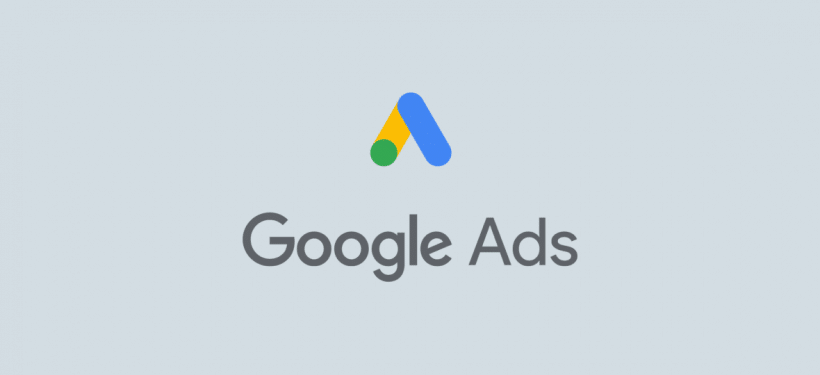
Google Ads, formerly known as Google AdWords, is a powerful digital marketing tool that allows businesses to display ads on Google’s search results pages and across its advertising networks. At its core, Google Ads on the Google Search Network, display ads on the Google Display Network, and shopping ads for e-commerce businesses work on a pay-per-click (PPC) model, meaning advertisers pay a fee each time a user clicks on their ad. This system is built around an auction system, where advertisers bid on keywords relevant to their target audience and business. The success of Google Ads campaigns depends on several factors, including ad quality, relevance, and the bid amount.
Through Google Ads, advertisers can create various ad campaigns, including search ads that appear on the Google Search Network, display ads on the Google Display Network, and shopping ads for e-commerce businesses. The platform offers a range of tools and features, such as the Google Keyword Planner and analytics reports, to help advertisers select the right keywords, set a competitive bid, and track campaign performance.
Understanding how Google Ads works is the first step towards creating effective ad campaigns that reach your target audience at the right time and place. With careful management, including choosing the right keywords, optimizing landing pages, and monitoring ad spend, Australian businesses can leverage Google Ads to achieve their digital marketing goals and cover Google Ads costs efficiently.
How Do Google Ads Work?
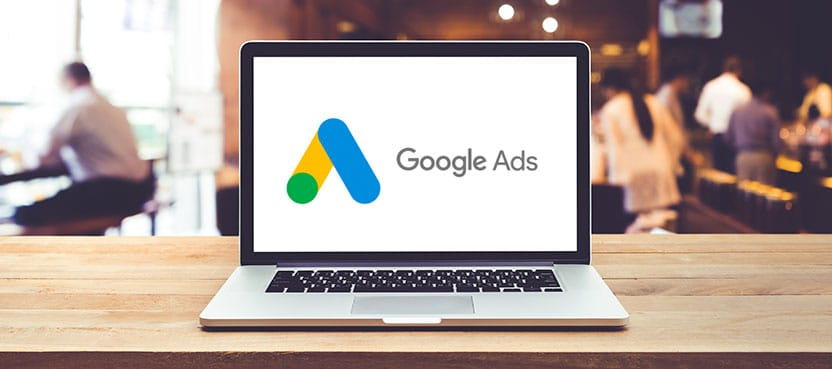
The operation of Google Ads is grounded in a dynamic and competitive auction system, a fundamental concept that underpins the platform’s functionality. This system is designed to ensure that not only the highest bidders display their ads but also those offering the most relevant content. Here’s a breakdown of how it works, focusing on key aspects like ad rank, bidding, quality score, and ad placement.
The Auction System
Every time a user initiates a search on Google, the platform potentially triggers an ad auction if ads match the user’s query. Advertisers who’ve bid on keywords related to the search query enter the auction. The process is instantaneous and happens every time a search query is entered, determining which ads are displayed and in what order.
Bidding and Ad Rank
Advertisers set bids for their ads, which can be based on clicks (CPC), impressions (CPM for display ads), or conversions (CPA). Google then uses these bids, along with other factors, to determine the ad’s position and whether it will show at all. This is where Ad Rank comes into play. Ad Rank is a value calculated based on the bid amount, the ad’s Quality Score (a measure of relevance and quality), and the expected impact of ad extensions and other ad formats. Essentially, a higher Ad Rank improves your chance of getting a better ad placement.
Quality Score
Quality Score is a crucial metric in the Google Ads auction system. It’s determined by several factors, including the relevance of the advertiser’s ad to the search query, the user’s experience with the landing page, and the click-through rate (CTR) of the ad. A higher Quality Score can lead to lower costs and better ad positioning because Google rewards ads that provide a high-quality experience for users.
Ad Placement
Ad placement refers to where your ad appears on the search results page. Ads can appear above organic search results, below them, or on the sidebar. The placement is determined by the ad’s Ad Rank. Ads with the highest Ad Rank appear in the most prominent positions, significantly increasing visibility and the likelihood of clicks.
Maximizing Ad Performance
Advertisers must focus on several strategies to optimize ad performance and effectively manage Google Ads costs. These include selecting relevant keywords and long tail keywords with clear intent, crafting compelling ad copy, optimizing landing pages for conversions, and using negative keywords to exclude unwanted traffic. Additionally, managing bids effectively and aiming for a high-quality Score can significantly reduce costs per click and improve ROI.
Understanding how Google Ads works is essential for any advertiser looking to navigate the complexities of digital marketing in Australia. By mastering the auction system, focusing on ad quality, and carefully managing your Google Ads budget, you can create successful campaigns that reach your target audience and drive meaningful results for your business.
Why Advertise on Google Ads?
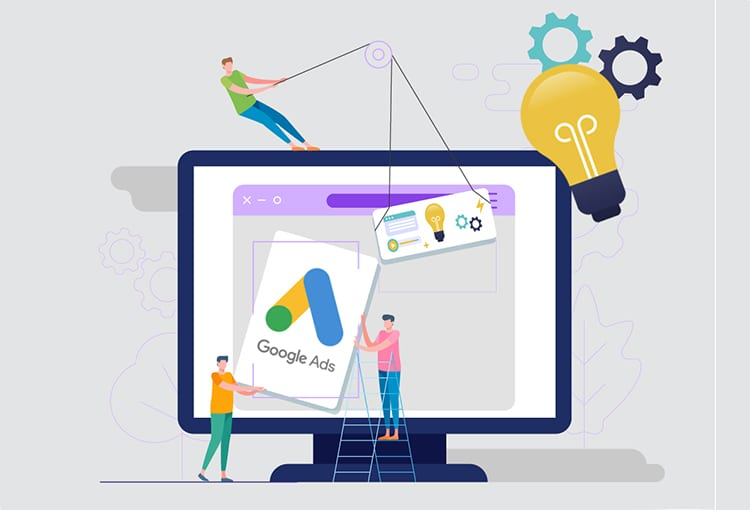
Advertising on Google Ads offers unparalleled advantages for businesses looking to increase online visibility, attract new customers, and drive sales. With its comprehensive reach through Google Search and Display Networks, detailed target options, and measurable results, Google Ads is a cornerstone of digital marketing strategies. Incorporating Google Ads into your advertising efforts is smart, especially for Australian businesses aiming for growth and a strong online presence.
Vast Reach
Google’s extensive network allows ads to appear on the Google Search Network, Google Display Network, and beyond, allowing advertisers to reach a broad or highly targeted audience. The vast reach of Google means your ad can appear when potential customers search for products or services you offer, ensuring high relevance and timing.
Targeted Advertising
One of the most compelling reasons to use Google Ads is the platform’s sophisticated targeting capabilities. Advertisers can target users based on specific keywords, location, language, device, and even time of day, ensuring that your marketing message reaches your intended audience precisely. This level of targeting minimizes wasted ad spend and increases the chances of conversion.
Measurable ROI
Google Ads provides detailed reports and analytics, allowing advertisers to measure the performance of their ad campaigns in real time. This includes impressions, clicks, conversion rates, and more data, making it easier to calculate return on investment (ROI). The ability to track performance helps businesses adjust their strategies for better results and more efficient budget use.
Flexibility and Control
With Google Ads, advertisers have complete control over their ad campaigns, including the ability to start, pause, or stop campaigns at any time. This flexibility extends to budgeting, with options for setting daily budgets, monthly spending limits, and bids for specific keywords. Such control allows for careful management of advertising costs, ensuring that businesses of all sizes can use Google Ads effectively.
Competitive Advantage
Being visible on Google can provide a competitive edge, especially in industries where competition is fierce. Ads can appear above organic search results, giving businesses prime exposure and an opportunity to capture traffic before competitors. Additionally, using competitive and long-tail keywords can help companies to target niche markets, but user intents still need to be saturated by competitors.
High Intent Audience
People who search on Google often have a clear intent, whether to find information, make a purchase, or locate a local service. Advertising on Google Ads allows businesses to capture this high-intent audience, leading to higher conversion rates than other advertising platforms.
Integration with Other Marketing Efforts
Google Ads works well with other marketing efforts, including search engine optimization (SEO), social media marketing, and content marketing. The insights gained from Google Ads campaigns can inform broader marketing strategies, helping businesses to refine their overall approach and achieve better synergy across different channels.
In summary, advertising on Google Ads offers significant benefits, from reaching targeted audiences at the right moment to providing measurable results that help refine marketing strategies. For Australian businesses looking to expand their online presence and drive meaningful engagement, Google Ads is an indispensable tool in the digital marketing arsenal.
How Much Do Google Ads Cost in Australia?

Navigating the digital marketing landscape in Australia, businesses across various sectors are increasingly turning to Google Ads to expand their reach and connect with potential customers. Understanding the intricacies of Google Ads pricing is pivotal for companies making their foray into this digital advertising sphere.
The costs associated with running Google Ads campaigns can vary widely, influenced by industry, competition, and the objectives of each campaign. Here, we delve into the financial aspects of Google Ads in Australia, providing insights into average costs and factors that shape the overall expense.
Average Cost Per Click in Australia

The cornerstone of Google Ads pricing is the cost-per-click (CPC), which varies significantly by industry and the competitiveness of keywords. On average, advertisers in Australia expect to pay around AUD $3 for clicks in search campaigns. However, this average CPC can swing dramatically from AUD $2 to $4 for the Google Search Network and AUD $1 to $2 for the Google Display Network, based on the specificity of the target keywords and the industry’s competitive landscape.
Monthly Google Ads Spend
The breadth of monthly spending on Google Ads among Australian businesses showcases the platform’s flexibility, and the varying levels of investment companies are willing to make. Monthly expenditures can range broadly from AUD $1,000 to $20,000, influenced by several factors, including bidding strategies, the level of competition in the sector, the chosen budget allocations, and potential agency management fees. This wide range underscores the importance of a tailored Google Ads strategy that aligns with a company’s specific marketing objectives and financial constraints.
How Google Ads Costs in Australia Compare to Other Countries
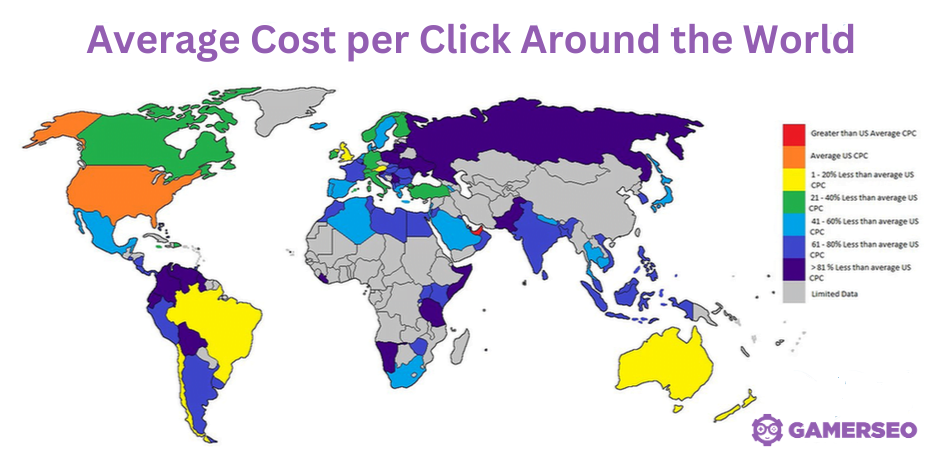
Google Ads costs can vary significantly from country to country due to market competition, economic conditions, and consumer behavior. Here’s a comparison of Google Ads costs in Australia with those in the USA, Canada, Austria, and the UAE.
USA: The average CPC in the USA is between $1 and $2 on the Google Search Network. This means that the average CPC in Australia is higher than in the USA.
Canada: Canada has an average CPC that is 29 percent less than the US average. This implies that Google Ads costs in Canada are lower than in both the USA and Australia.
Austria: Austria has an average CPC that is 2 percent less than the US average. Therefore, Google Ads costs in Austria are slightly lower than in the USA but still higher than in Canada.
UAE: The United Arab Emirates (UAE) has an average CPC that is 8 percent greater than the US average. This suggests that Google Ads costs in the UAE are higher than in the USA, Canada, and Austria but comparable to those in Australia.
Understanding the dynamics of Google Ads costs in Australia requires a blend of market knowledge, strategic planning, and ongoing optimization. By creating high-quality, relevant ad campaigns and employing smart budgeting strategies, businesses can leverage Google Ads to enhance their online presence and drive meaningful engagement with their target audience, all while keeping a handle on costs.
Factors Influencing Google Ads Costs in Australia

Navigating the cost of Google Ads in Australia involves understanding a complex matrix of factors that can significantly influence the overall expense of your advertising campaigns. From the competitiveness of your industry to the specific keywords you target, numerous elements dictate how much you’ll spend on Google Ads costs for Australian businesses, offering insights for optimizing advertising strategies within diverse budget constraints.
Industry and Competition
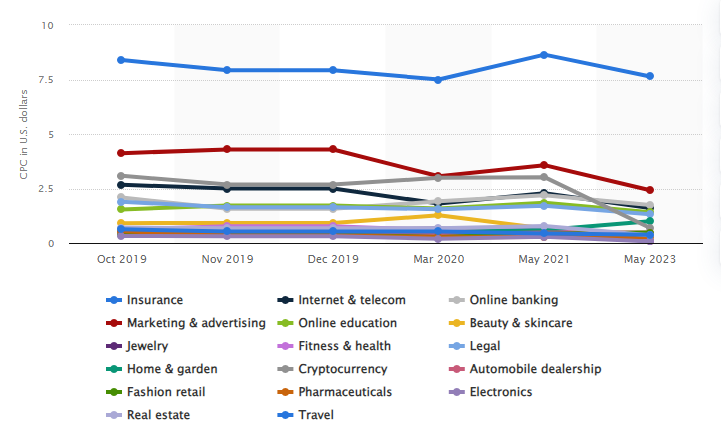
The industry your business operates within is one of the most significant determinants of your Google Ads costs. Highly competitive industries, such as insurance, legal services, and finance, often face the highest cost per click (CPC) due to many businesses vying for the exact keywords. Using Google Ads management to navigate this competitive landscape and employing strategic bidding strategies can mitigate costs while maintaining visibility.
Keyword Selection and Search Volume
Keywords are at the heart of Google Ads campaigns. The keywords’ search volume and competition level heavily influence the cost of Google ads in Australia. High search volume keywords, especially those with commercial intent, are more expensive. Employing a mix of broad and long-tail keywords can help balance the cost. Although less competitive, long-tail keywords can be more affordable and yield a higher conversion rate due to their specific nature.
Quality Score and Ad Relevance
Google assesses the relevance and quality of ads through its Quality Score metric, which affects both ad positioning and costs and achieves better ad positions. Factors contributing to the Quality Score include the relevance of the ad copy, the landing page experience, and the expected click-through rate (CTR). Optimizing this can reduce Google Ads costs while improving campaign effectiveness.
Bidding Strategy and Campaign Objectives
Your chosen bidding strategy and campaign objectives are crucial in influencing ad costs. Google Ads offers various bidding options, including cost-per-click (CPC), cost-per-impression (CPM), and cost-per-acquisition (CPA), each suited to different campaign goals, whether it’s increasing visibility, traffic, or conversions. Automated bidding strategies, such as Target CPA and ROAS, can help manage costs by optimizing bids based on the likelihood of achieving the set objectives.
Ad Format and Placement
The choice of ad format and its placement also impacts cost. For instance, visual ads on the Google Display Network typically cost less per click than ads on the Google Search Network but may differ in conversion potential. Furthermore, ad placement, whether on prime digital real estate or more standard positions, can affect the cost, driven by the bidding competition for these spots.
Geographical Targeting and Timing
Targeting ads to specific geographic locations and adjusting bids based on timing and day part can influence Google Ads costs. For businesses targeting a local audience in less competitive regions, costs may be lower than national or urban-centric campaigns. Additionally, ad scheduling allows businesses to show ads at optimal times, potentially reducing costs by avoiding high competition periods.
Management and Optimization
Finally, the cost of managing and optimizing Google Ads campaigns, whether through an in-house team or a PPC agency, adds to the overall investment. Google Partner Agencies and PPC professionals can offer expertise in reducing costs through careful planning, keyword research, and ongoing campaign optimization, albeit at a management fee.
Understanding these factors is crucial for Australian businesses leveraging Google Ads effectively. By carefully considering industry dynamics, keyword strategies, ad quality, and management practices, companies navigate Google Ads’ pricing structure to maximize their advertising ROI while keeping costs in check.
Strategies to Reduce Google Ads Costs

Reducing Google Ads costs while maintaining or enhancing campaign effectiveness is crucial for businesses aiming to maximize their digital advertising ROI. Employing strategic approaches can lead to more efficient ad spend, better targeting, and, ultimately, improved campaign outcomes. Here are strategies incorporating the specified keywords to help lower Google Ads costs:
Focus on Quality Score Improvement
Improving your Quality Score can significantly reduce your Google Ads cost. Google determines ad rankings not just by bids but also by the relevance and quality of ads. Focus on creating relevant ad copy, using highly relevant landing pages, and improving user experience to boost your Quality Score. This can lead to lower costs per click and better ad positions.
Utilize Negative Keywords
Adding negative keywords to your ad campaigns can prevent your ads from appearing for the wrong keywords that aren’t aligned with your target audience’s search intent. This approach not only saves money but also improves campaign relevancy and effectiveness.
Opt for Less Competitive Keywords
Targeting less competitive keywords can reduce costs significantly. Use the Keyword Planner tool to identify long-tail keywords with lower competition but sufficient search volume. These keywords are often more specific and can lead to higher conversion rates at a lower cost.
Adjust Bids with Geo-Targeting
Location targeting allows you to focus your advertising on areas where you’re more likely to find your target market and exclude areas where you’re not. This can lower your Google advertising costs by reducing wasted clicks, enabling a more efficient monthly budget allocation.
Implementing Dayparting and Ad Scheduling
Optimize your ad spend by scheduling ads to run when your target audience is most likely to convert. Analyzing Google Ads reports and data can help identify peak performance periods. Adjusting bids for specific times of the day or week can save money and increase ROI. You can optimize your ad spend by scheduling ads to run when your target audience is most likely to convert.
Manage Bids Actively with Manual Bidding
While automated bidding can save time, manual bidding gives you direct control over your maximum keyword bid. This approach requires more attention but allows for precise bid adjustment to ensure you’re not overpaying for clicks, effectively managing your daily budget and monthly spending limit.
Explore Smart Bidding Strategies
Google Ads offers smart bidding options like Enhanced CPC and Target CPA, which use machine learning to optimize bids for conversions. These strategies can help achieve better ad positions for lower costs by targeting users who are more likely to convert, thus reducing your Google Ads campaign costs.
Regular Review and Optimization
Constantly reviewing Google Ads reports and performance metrics is crucial. This ongoing optimization can help identify underperforming ads, adjust bidding strategies, and reallocate budgets to more successful campaigns or ad groups, ensuring your marketing budget is spent effectively.
Implementing these strategies requires careful planning and ongoing management but can lead to substantial savings and improved performance of Google Ads campaigns. Balancing cost efficiency with campaign effectiveness is key to achieving a higher return on investment in digital advertising.
Optimizing Your Ads Campaign Budget
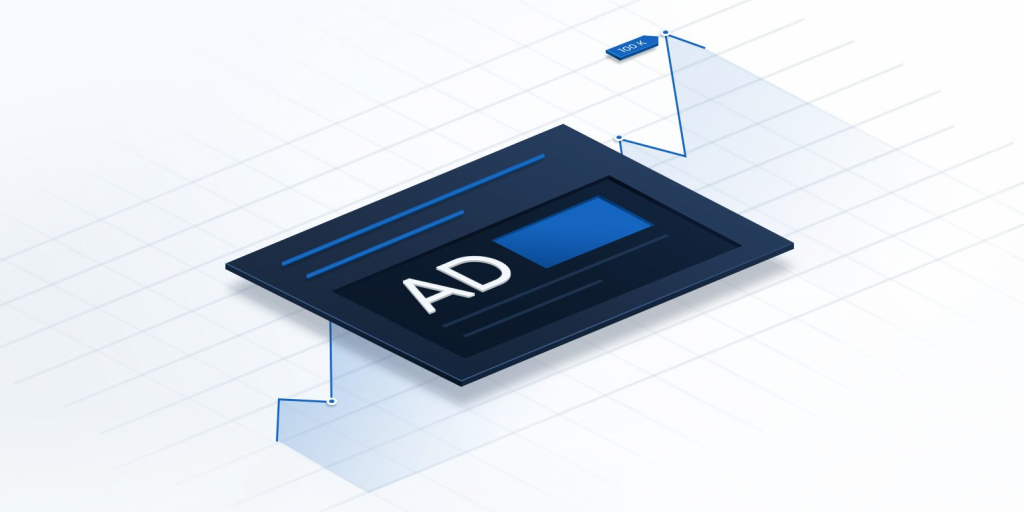
Optimizing your Google Ads campaign budget is essential for maximizing your return on investment (ROI) while minimizing unnecessary expenses. Whether you’re a small business or a large enterprise, understanding how to manage your Google Ads campaign costs effectively can lead to more effective campaigns and better overall performance. Here are key strategies and considerations to optimize your Google Ads campaign budget.
Setting a Realistic Monthly Budget
Use the Google Ads cost calculator to establish a monthly budget reflecting your marketing goals and financial constraints. This tool can help predict your monthly spending, allowing you to adjust your strategies accordingly.
Understanding Google Ads Management Cost
Managing Google Ads involves various costs, including the Google Ads management fees if you’re partnering with agencies. Investigating these in your budget planning is crucial to ensure they don’t eat into your ROI unexpectedly.
If you’re working with a Google Partner Agency, evaluate their management fees relative to their services. An agency can bring expertise in managing Google Ads efficiently, ensuring their cost aligns with your budget and campaign goals.
Leveraging Maximum Bid Strategies
Your maximum bid significantly determines your ad position and how often your ads are displayed. Use bid strategies and the ad auction process to set competitive bids for certain keywords without overspending.
Focusing on Cost-Effective Keywords
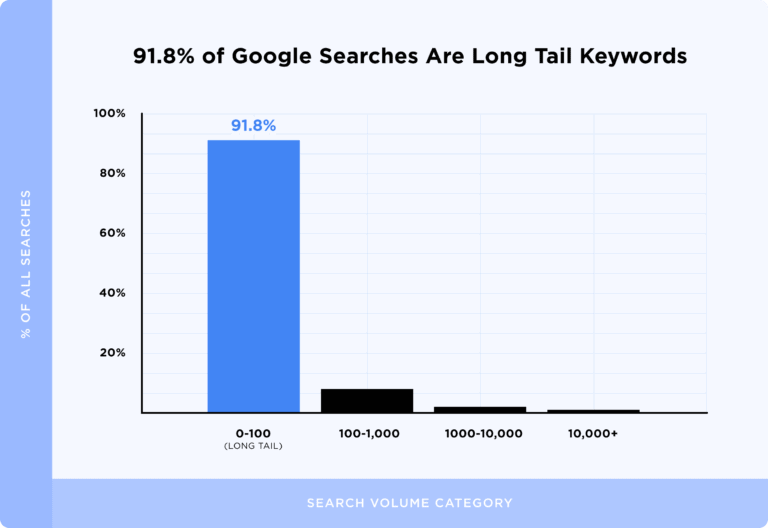
Targeting broad keywords can lead to higher competition and costs. Instead, focus on less competitive long-tail keywords and use tools like the Keyword Planner to find the right balance between search volume and cost.
Improving Quality Score
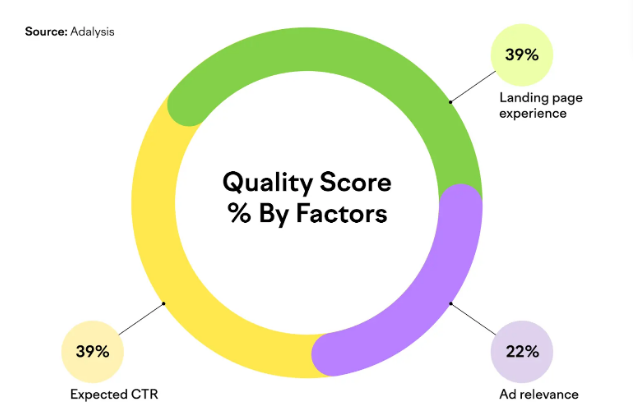
Google’s quality score affects your ad position and the cost per click (CPC). Enhance your quality score by ensuring your ads, keywords, and landing pages are highly relevant to your target audience. This can lead to lower costs and higher ad rankings.
Regularly Reviewing Google Ads Reports
Monitor your campaigns closely using Google Ads reports. These insights can help you identify which parts of your campaign are working well and where you can cut costs without sacrificing performance.
Optimizing Ad Placements and Scheduling
Adjust your ad placements and scheduling based on when and where your target audience will most likely see your ads. This can improve ad relevance and reduce costs by avoiding low-engagement times or places.
Employing Smart Bidding Strategies
Smart bidding options like CPA (cost per acquisition) and ROAS (return on ad spend) can efficiently automate bid adjustments to meet your performance goals. These strategies use machine learning to optimize real-time bids, potentially saving you money.
Managing Campaigns for Small Businesses
Small businesses, in particular, need to be mindful of their Google Ads spending. Focus on strategies requiring lower upfront costs, such as targeting a local audience or using SEO with paid ads to build organic traffic.
Considering the Customer Lifecycle
Understanding your customer’s average lifetime value and lifecycle can inform your bid strategies and ad spend allocation, ensuring you invest in acquiring customers who provide the most value over time.
By implementing these strategies, businesses can more effectively manage their Google Ads campaign budgets, reducing waste and focusing spending on tactics that drive meaningful results. Remember, the goal is to spend less and smarter, optimizing every dollar for maximum impact.
Conclusion
In conclusion, mastering the intricacies of managing an ad campaign on Google requires a keen understanding of how various factors, like Google ad costs, bid strategies, and the average daily budget, directly influence overall success. Strategies to reduce Google Ads costs are about minimizing expenses and optimizing each aspect of your campaign for maximum efficiency and effectiveness.
Incorporating search engine optimization alongside your Google ad efforts can significantly enhance visibility and reduce reliance on paid avenues in the long run. Understanding how much Google Ads costs for PPC ads and how these costs fluctuate based on industry, competition, and keyword relevance is fundamental to setting realistic budgets and expectations. By adopting a strategic approach to your campaigns, focusing on detailed aspects such as bid strategy, and maintaining an adaptable average daily budget, businesses can balance expenditure and performance, ultimately driving more value from their Google Ads investments.

A PPC specialist who started with organic social media. For several years, the core of his activities are:- Google Ads, Microsoft Ads, Meta Ads, TikTok Ads, Twitter Ads, Linkedin Ads. He has led campaigns with a global reach, e.g. for FootballTeam, G2A, ETOTO, as well as many smaller campaigns in the sports, construction and financial industries. Has full focus on ROAS. Privately, a fan of football, history of wars and Star Wars.

